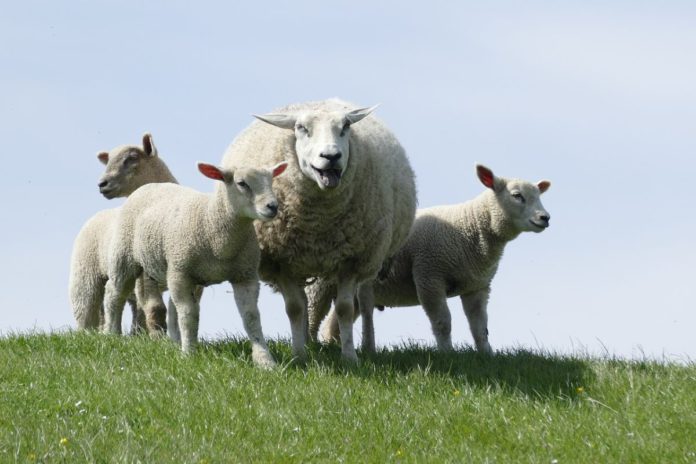This spring, Teagasc are promoting the three-bucket system to prevent infection being transferred from animal to animal during lambing.
This consists of washing, rinsing and sterilising and ensures the optimum sterilisation of equipment.
How it works
Michael Gottstein, head of Teagasc Sheep Knowledge Transfer Programme, explains in a video produced by Teagasc, what this system entails and how to implement it on your farm.
“During lambing time we’re going to have lots of different equipment such as lamb pullers, lambing ropes, stomach tubes, syringes, bottle feeders. It’s important that once we use them, we’re able to properly clean them and sterilize them so we’re not transferring infection from ewe to ewe or lamb to lamb.”
The three-bucket system works as follows:
- The first bucket is filled with washing up liquid and clean water. The purpose of this is to clean everything;
- The second bucket contains clean water. This is for rinsing the equipment;
- The third bucket contains sterilization fluid;
- Sterilization fluid should be mixed at one cap-full to 5 litres of water;
- Sterilization fluid should last 24 hours, provided its kept clean. Hence why the equipment is washed and rinsed first;
- The equipment should be sterilised in 15 minutes;
- No requirement to rinse sterilising fluid off the equipment.
The contents of the three buckets should be emptied and refilled every morning for the next 24-hour period.
Video created and edited by Teagasc Facebook





